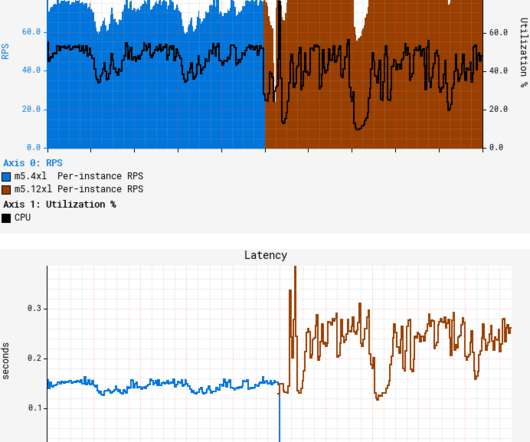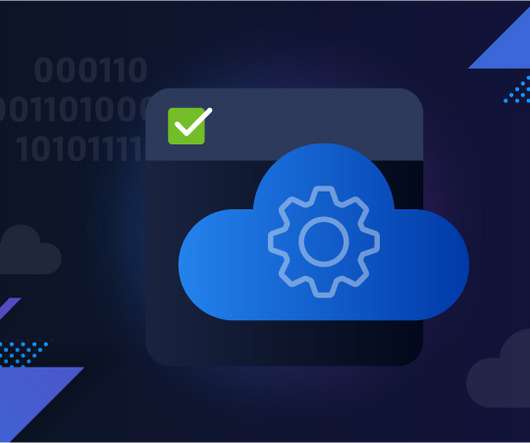Seeing through hardware counters: a journey to threefold performance increase
The Netflix TechBlog
NOVEMBER 9, 2022
While we understand it’s virtually impossible to achieve a linear increase in throughput as the number of vCPUs grow, a near-linear increase is attainable. GS2 is a stateless service that receives traffic through a flavor of round-robin load balancer, so all nodes should receive nearly equal amounts of traffic.































Let's personalize your content